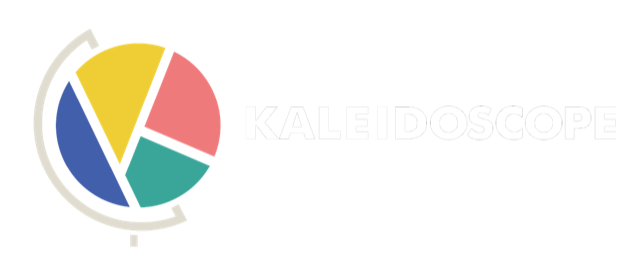What High School English Education Could Be: Summoning Ambition
Sarah Dillard
The Problem with English Education Today
Calculus might not be the right ambition for math (hey there, Stats), but at least we can agree that calculus is actually ambitious.
High school English class, on the other hand, suffers from a lack of ambition.
The typical English class today assigns a few unrelated novels–most of which students don’t read–and confines writing to the formulaic five paragraph essay.
It doesn't have to be this way. English class could be a place of marvels and ambition. It could be:
A salon where students make meaning of authors, ideas, & forms.
A workshop where students learn to write clean copy.
A studio where students learn to tell compelling stories across a range of formats--audio, video, photographic.
We Need More Reading
At a high-achieving high school (top 10% in its state) where I surveyed students:
60% report being assigned 3 or fewer books in English class
39% report they read 0 of the assigned books
When it comes to reading in high school, we have a math problem–the numbers don’t add up to much.
If you are only assigned 3 books a year, you are assigned 12 books in all of high school. This is a keyhole through which no amount of diversity will fit: three centuries of literature, seven continents, and a pantheon of identities hit the cutting room floor.
Of course, if students aren’t doing the reading, the number of assigned books doesn’t matter.
But the problem isn’t really that “Kids these days won’t read.” In the same survey, ~20% of students report reading 10+ books in the last year outside of school, a feat none of them achieved for school. Under the right conditions, ones we aren’t providing in school, teenagers will read.
What doesn’t add up is how we design & teach reading programs.
We can improve reading by centering classes on meaningful themes and requiring more reading.
When you center classes on a bigger idea, you put books in conversation with each other. The History of the Novel, Dystopias & Utopias, and African-American Lit are all about something. English 9 is not.
By requiring more reading, you not only return emphasis to where it belongs, you create space for:
More diverse authors
Nonfiction texts
More modern texts
Some student choice
The Case for Grammar
Reading a lot also gets you ~80% of the way there on grammar. But for the rest, you need to learn the rules and practice them, to fluency.
Just like you don't have to know mental math because of calculators, AI tools will (soon) make it so you don't have to know grammar.
But movers & shakers today are still good at mental math, and movers & shakers tomorrow will still be good at grammar.
Having mental math at hand is a form of command–it allows you to make projections, test assertions, and connect dots in the moment decisions are being made.
Having grammar at hand is also a form of command–it allows you to create clarity, direct attention, and accent your points.
Both mental math and grammar are toolkits that increase your optionality–and originality.
AI-writing tools will always default to what’s most standard, but what’s most standard doesn’t stand out.
The Case for Real-World Writing
When students are fluent in grammar, there’s more room to teach the kind of writing that really matters.
In school, writing is trapped within the confines of the five-paragraph essay, a format that has no ambition about storytelling, audience, or voice. The five-paragraph somehow manages to be too serious–do this, not that–and altogether unserious–who cares about the argument?--all at once.
A high school English education shouldn’t just expose students to good real-world writing–it should teach them to be good real-world writers:
To write well is to organize your own mind.
To write well is to bend the world toward you, your issue, or your organization.
To write well is to build worlds that don't exist and illuminate ones that might.
To write well is to share a story and invite others to join it.
A high school writing education should teach story structure. It should teach how to expand & contract a single argument. It should teach how to use audio, video, and other tools to tell stories.
We are living in the age of the creator. Teaching storytelling is teaching agency. As Kaleidoscope alum Maryam Pate said, "I gain agency from telling my own stories, because I choose the heroes, villains, and the challenges I feel have defined me." Teaching storytelling is teaching a valuable personal and professional skill.
The Case for Modern Narrative Forms
We shouldn’t just teach students to create modern narrative forms, we should teach them to critique modern narrative forms as well.
The average adult spends more than 1,000 hours a year streaming content. But schools don't teach how to critically view this content.
A broader media studies education can turn this passive time into active viewership, helping students question how content is manipulating sentiment and how it signals its implicit values.
Conclusion
Reading more, writing more, expecting better grammar. Teaching how to create and critique new forms of narrative.
Perhaps this all sounds like a lot?
It's meant to.

